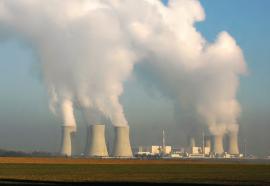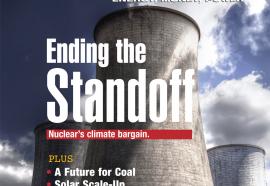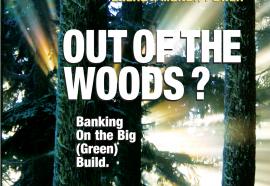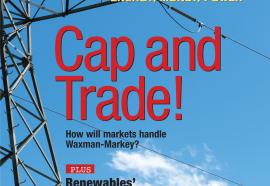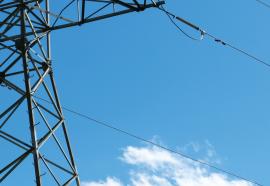Nuclear Standoff - Hope for Change
With the administration and Democratic lawmakers in Congress pushing to enact greenhouse-gas (GHG) regulation, nuclear power has taken center stage as both a clean technology solution and a political bargaining chip. Consequently, the industry’s hopes for new construction projects have brightened considerably. Whether this policy momentum can usher in a sustainable nuclear renaissance, however, remains questionable at best.


